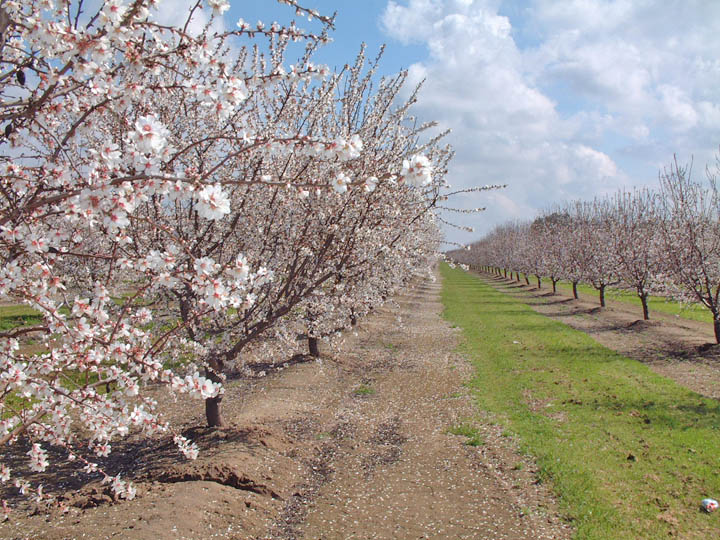
When planting a new orchard, precautions should be taken to prevent tree loss. Care should be taken to reduce direct damage to the trees. Trees should be planted as soon as possible once received from the nursery.Always cover bare roots with a tarp when transporting trees on back of a trailer, making sure to keep the roots moist. If the trees are heeled in, fumigated soil or sawdust should be used and excess moisture should be avoided.
January 14, 2011

When planting a new orchard, precautions should be taken to prevent tree loss. Care should be taken to reduce direct damage to the trees. Trees should be planted as soon as possible once received from the nursery. Always cover bare roots with a tarp when transporting trees on back of a trailer, making sure to keep the roots moist. If the trees are heeled in, fumigated soil or sawdust should be used and excess moisture should be avoided. Cold storage should be avoided if possible. If cold storage is necessary, then trees should be fully dormant and the roots kept moist.
Care should be taken to ensure that trees are properly planted. In heavy soils, planting on berms is recommended to help drain water away from the crown of the tree. Berms should be pulled before planting to ensure that the graft union is above the soil. Do not pull a berm after planting as this may cover the graft union. Planting depth after settling should be no deeper than in the nursery and the graft union should always be well above the soil line. Holes should be dug deep enough to accept the root system; no deeper. If a crust or soil glaze occurs, break up or slice to ensure proper root growth.
Planting trees high will help reduce losses to the root disease Phytophthora. The only exception is trees grafted to Marianna 2624 plum rootstock; they should be planted at the same depth they were at the nursery to avoid suckering from the roots.
When planting, try to follow some of these tips:
1. Dig a hole deep enough so the roots are spread out and not cramped.
2. Plant the trees so that the nursery soil line is above the current soil line.
3. Plant the highest root a little above the soil line and cover it with extra dirt.
4. When planting, allow for 3-6 inches of settling in the planting hole.
Upon planting, soil should be tamped firmly with the foot to eliminate air pockets. Be careful not to break any roots. After planting, trees should be tanked in with 1 to 3 gallon of water unless the soil is very moist. This water will help moisten dry soil and fill in small air pockets. Avoid over irrigation as excess water may cause saturated conditions that kill small roots due to poor aeration and/or the root pathogen Phytophthora. More water should be used if trees are planted late during warm weather, planted in dry soil, or if the soil cannot be tamped firmly around the roots due to soil conditions. Keep in mind that a rain immediately after planting does not provide enough water to settle the soil around the root system.
Fertilizers should not be applied until after the trees leaf out. Apply small amounts of fertilizer, no more than 1 ounce of actual nitrogen, frequently throughout the first growing season. If using granular fertilizers, make sure that they are applied within the wetting pattern of the irrigation system. Avoid applying fertilizers to the trunk of the tree to prevent burning. Never apply fertilizers to the planting hole as this may burn back fine feeder roots.
Careful planning and preparation from the beginning will yield a good return for the efforts applied. Mistakes made at the beginning of an orchard will be present for the duration of the orchard’s life. This is one of the times in which effort or expense should not be spared.
You May Also Like



